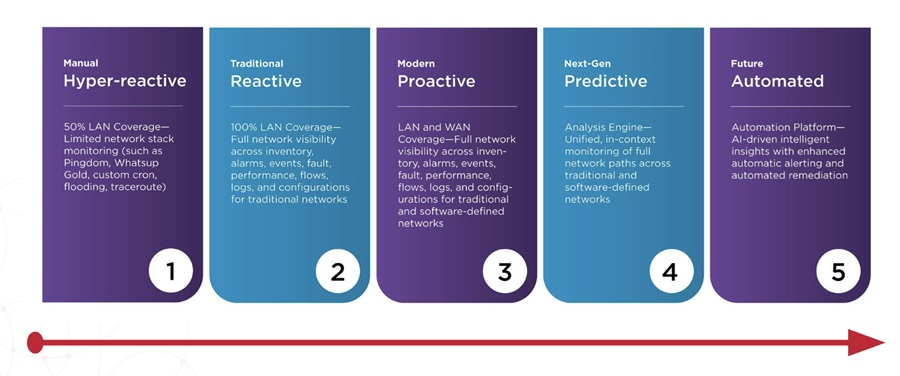
Dell and EMC revealed that upon the close of their pending transaction, the combined family of businesses will be called Dell Technologies.
Dell Technologies will include the brands, companies and capabilities reflected across the current Dell and EMC portfolios.
Dell Chairman and CEO Michael Dell made the announcement during a keynote presentation at EMC World in Las Vegas. Mr. Dell said, “Our vision is a strategically aligned family of businesses that brings together customers’ entire infrastructure, from hardware to software to services, from the edge to the core to the cloud.” Dell Technologies will comprise the combined enterprise infrastructure businesses of Dell and EMC, the PC business and affiliated businesses including VMware, SecureWorks, Pivotal, Virtustream and RSA.
“Dell Technologies will create more value for customers and partners than any other technology solutions provider today. We will be more nimble and innovative, and we will deliver world-class products and solutions to customers of all shapes and sizes,” said Mr. Dell.
Mr. Dell also noted that Dell and EMC share similar cultural and intellectual skill sets, complementary product lines, and a focus on driving the best customer and partner outcomes.
Sub-Brands
“Dell EMC” will be the name and sub-brand for the company’s enterprise business. This includes products and solutions sold directly and through the channel to business and institutional customers.
“Dell” will be the name and sub-brand for the company’s client solutions for Consumers, business and institutional customers.
The Dell-EMC integration team is currently working on the visual identity for the new company and its sub-brands. That visual identity will be revealed when the transaction closes
The transaction remains on schedule under its original timetable and terms. The transaction remains subject to approval by EMC’s shareholders, regulatory clearance in certain other jurisdictions and other customary closing conditions.
The Latest
According to Auvik's 2025 IT Trends Report, 60% of IT professionals feel at least moderately burned out on the job, with 43% stating that their workload is contributing to work stress. At the same time, many IT professionals are naming AI and machine learning as key areas they'd most like to upskill ...
Businesses that face downtime or outages risk financial and reputational damage, as well as reducing partner, shareholder, and customer trust. One of the major challenges that enterprises face is implementing a robust business continuity plan. What's the solution? The answer may lie in disaster recovery tactics such as truly immutable storage and regular disaster recovery testing ...
IT spending is expected to jump nearly 10% in 2025, and organizations are now facing pressure to manage costs without slowing down critical functions like observability. To meet the challenge, leaders are turning to smarter, more cost effective business strategies. Enter stage right: OpenTelemetry, the missing piece of the puzzle that is no longer just an option but rather a strategic advantage ...
Amidst the threat of cyberhacks and data breaches, companies install several security measures to keep their business safely afloat. These measures aim to protect businesses, employees, and crucial data. Yet, employees perceive them as burdensome. Frustrated with complex logins, slow access, and constant security checks, workers decide to completely bypass all security set-ups ...

In MEAN TIME TO INSIGHT Episode 13, Shamus McGillicuddy, VP of Research, Network Infrastructure and Operations, at EMA discusses hybrid multi-cloud networking strategy ...
In high-traffic environments, the sheer volume and unpredictable nature of network incidents can quickly overwhelm even the most skilled teams, hindering their ability to react swiftly and effectively, potentially impacting service availability and overall business performance. This is where closed-loop remediation comes into the picture: an IT management concept designed to address the escalating complexity of modern networks ...
In 2025, enterprise workflows are undergoing a seismic shift. Propelled by breakthroughs in generative AI (GenAI), large language models (LLMs), and natural language processing (NLP), a new paradigm is emerging — agentic AI. This technology is not just automating tasks; it's reimagining how organizations make decisions, engage customers, and operate at scale ...
In the early days of the cloud revolution, business leaders perceived cloud services as a means of sidelining IT organizations. IT was too slow, too expensive, or incapable of supporting new technologies. With a team of developers, line of business managers could deploy new applications and services in the cloud. IT has been fighting to retake control ever since. Today, IT is back in the driver's seat, according to new research by Enterprise Management Associates (EMA) ...
In today's fast-paced and increasingly complex network environments, Network Operations Centers (NOCs) are the backbone of ensuring continuous uptime, smooth service delivery, and rapid issue resolution. However, the challenges faced by NOC teams are only growing. In a recent study, 78% state network complexity has grown significantly over the last few years while 84% regularly learn about network issues from users. It is imperative we adopt a new approach to managing today's network experiences ...

From growing reliance on FinOps teams to the increasing attention on artificial intelligence (AI), and software licensing, the Flexera 2025 State of the Cloud Report digs into how organizations are improving cloud spend efficiency, while tackling the complexities of emerging technologies ...
